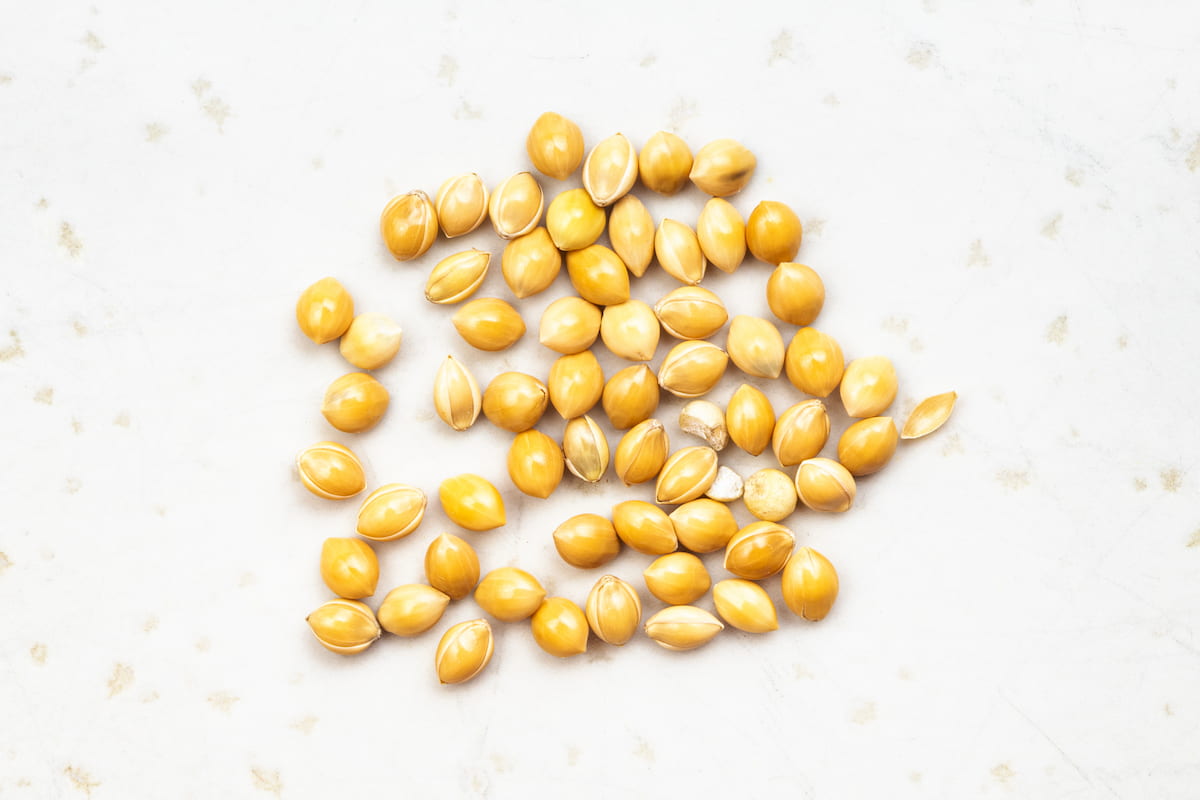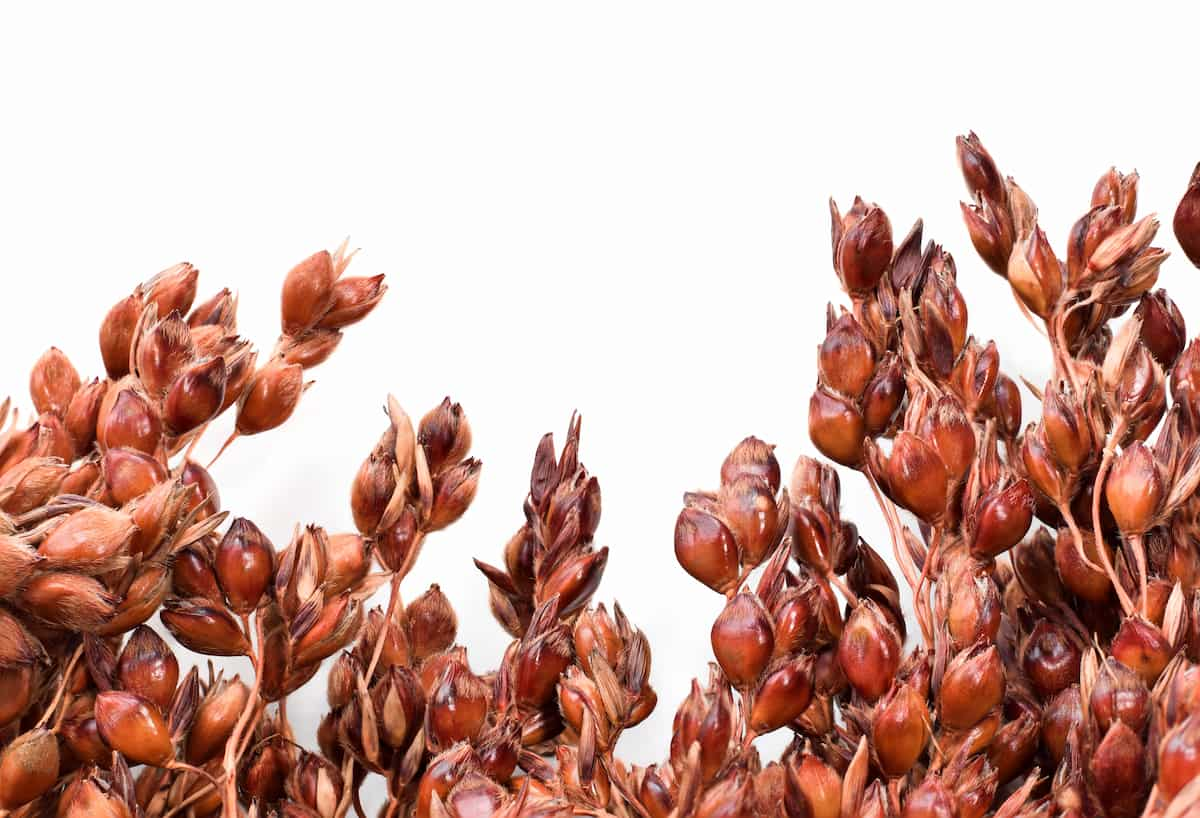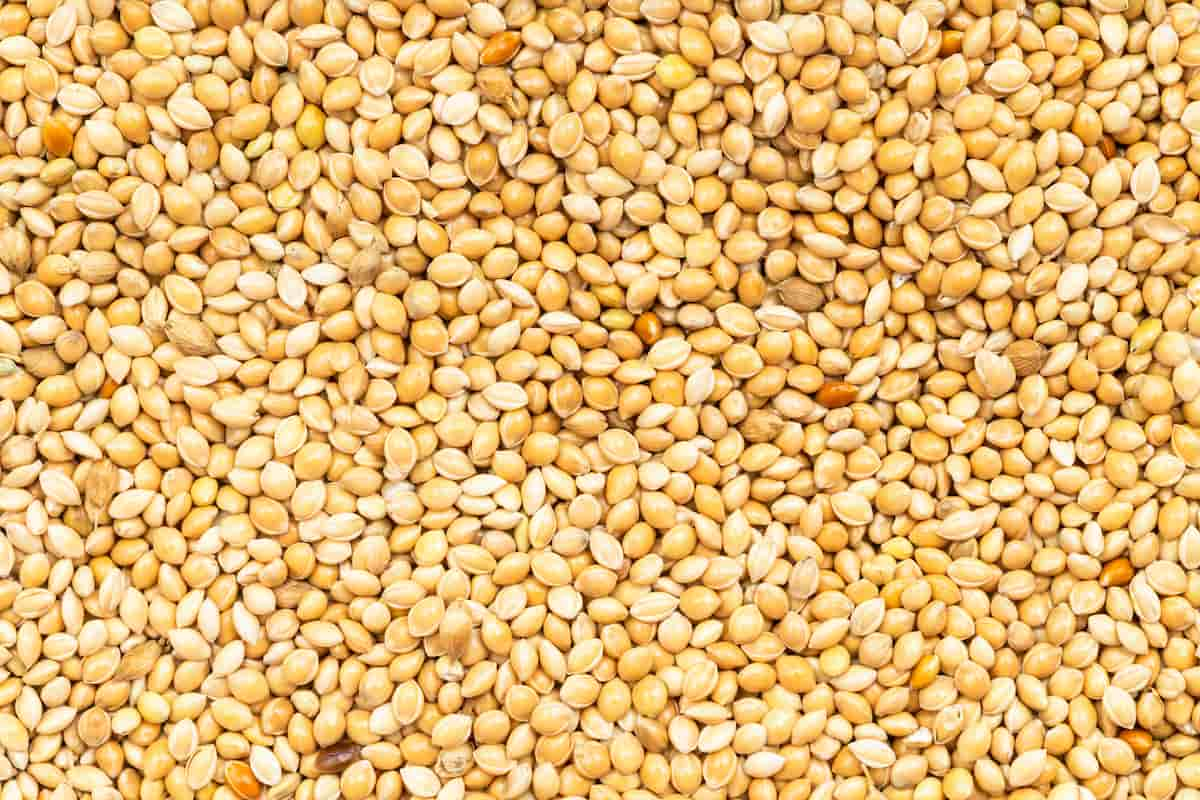Proso millet is a nutritious cereal grain for human consumption, bird seed, and ethanol production. It can evade drought due to its quick maturity, making it suitable for cultivation in dryland areas with low water requirements. It is a short-duration crop adapted to hot summers in the tropics and high altitudes, growing on any soil except coarse sand. Proso millet with white-seeded varieties being mostly grown. It has the lowest water requirement among grain crops and is suitable for growing in marginal and poor-fertility soils.

Proso Millet Production Guide
Best Package and Practices of Proso millet High Production
- Seed selection of high-yielding and disease-resistant varieties
- Timely sowing at the beginning of the monsoon season
- Proper land preparation and weed management
- Balanced use of fertilizers
- Timely irrigation
- Pest and disease control
- Harvesting at the right stage of maturity
Adopting these best practices and maintaining appropriate packaging, storing, and marketing levels will result in higher production and profit margins.
Land/ Field Preparation and Soil Requirements for Proso Millet
The Proso millet crop can be grown in rich and deprived soils and tolerate various soil textures; however, it cannot be grown in coarse sands. For Proso millet cultivation, loam or sandy loam soils free of Kankar and growing in organic matter are ideal. For prosomillet, a pH of 5.6 or higher is recommended.
Temperature, Climatic, and Rainfall Requirements for Proso Millet
Proso millet is a warm-weather crop. Proso millet is widely grown in warm climates around the globe. It can be cultivated in regions with little rainfall because it is a crop that is highly resistant to drought. It can withstand water stagnation. It is a hardy crop. Of all cereals, Proso millets have one of the lowest water needs. It is effective to receive 200–450 mm of rain annually, of which 35–40% should fall during the growing period.
Propagation Method and Seed Quality for Proso Millet
The crop of proso millet develops from a comparatively large seed. Because the seed hulls decompose slowly, they might still be connected to the primary roots of the plant even after it has reached maturity. Emergence starts around the third week of May. The process of seed development and Proso millet emerging from the ground continues throughout the season.
Seed Treatment for Proso Millet
Before planting, the proso millet seed should be treated with organo-mercurial compounds, such as Ceresan, at a rate of 2.5 grams of compound per kilogram of seed.
Seed Rate and Spacing for Proso Millet
In Proso millet cultivation, spacing, and seed rate, Proso millet seedlings are spaced 25 cm apart in rows and ten cm apart within a row. Proso millet seed rates range from 10 kg/ha for line sowing to 15 kg/ha for broadcasting.
In case you missed it: How to Grow Millets Organically: A Step-By-Step Production Guide

Sowing Method for Proso Millet
Proso millet can be raised by broadcasting or drilling seeds 3 to 4 centimeters deep in furrows. Row-to-row distance must be maintained at 25 centimeters, and plant-to-plant distance must be kept at 10 centimeters. Line sowing promotes seed germination.
Crop Rotation and Intercropping in Proso Millet
Intercropping Proso millet with soybean can benefit soil fertility and reduce pest and disease pressure. However, if grass weeds are successfully controlled in these crops, only Proso millet should be placed in rotations with other warm-season grass crops, such as corn or sorghum. Proso millet performs best when rotated with cool-season grass and broadleaf crops like winter wheat and sunflower.
Manure & Fertilizer Applications in Proso Millet
For a good Proso millet crop under irrigated conditions, apply 40-60 kg nitrogen, 30 kg P2O5, and 20 kg K2O per hectare. Half nitrogen, whole phosphorus, and potash should be applied during seed sowing, and the remaining nitrogen at first irrigation. Under rainfed conditions, reduce the fertilizer dose to half. Organic manure of 4-10 tonnes per hectare can be added to the soil one month before sowing.
Weed Management and Herbicide Application in Proso Millet
They are using any 2,4-D product for proso millet. Apply 1 pint per acre of 2,4-D amine (4L) in the 3- to 5-leaf stage to control most broadleaf weeds. Applying outside this stage or during hot, dry periods may cause crop injury and poor root development. Clarity is the only dicamba product approved for proso millet and can improve weed control, especially for triazine-resistant kochia and wild buckwheat, when used with the 2,4-D amine.
Water Management in Proso Millet
Proso millet is grown on dry ground without the use of additional irrigation. However, only a few acres used for production in the province are irrigated.
Disease Control in Proso Millet
Head smut, bacterial streak, leaf spot, and grain smut are common diseases of Proso millet. Head smut results in elongated and thickened panicles with smut masses that rupture before harvest and can be controlled with organo-mercurial compounds for seed treatment. Bacterial streak can be mainly controlled with seed treatment using 5% magnesium arsenate.
Leaf spot caused by Bipolaris panici-miliacei is seed-transmitted and can be managed by growing resistant plant varieties. Grain smut caused by Sphacelotheca sorghi transforms most grains into white-grayish sacs filled with black powder and can be managed through seed treatment, early collection and burning of diseased ears, and crop rotation for 2 to 3 years. Effective fungicidal seed treatments such as Carboxin and Benomyl can control head smut, reducing incidence by 99% and increasing yield by 136%
Pest Control in Proso Millet
Pest insects include the shoot fly, which is crucial for this Proso millet production. , this insect damages the crop at the seedling stage and spreads 15 kg of Thimet granules per hectare throughout the field.
In case you missed it: Pearl Millet Production Guide: A Step-By-Step Cultivation Practices

Harvesting and Threshing of Proso Millet
Proso millet is typically harvested 65-75 days after sowing when the crop is about two-thirds ripe. The upper seeds ripen and shatter before the lower seeds and later panicles mature, so it’s important to harvest when the seeds in the tip of the upper heads are ripe. The crop can be threshed using hand or bullocks.
Proso Millet Yield per Acre
The avg yield of proso millet is 9 to 11 quintals per acre.
Conclusion
Proso millet is a short-duration crop requiring relatively fewer nutrients than other cereals. It can be economically controlled with 2,4-D herbicide, and fungicidal seed treatments can effectively manage common diseases. Harvesting should be done when about two-thirds of the seeds are ripe. A successful Proso millet crop can be grown by following these cultivation practices.
- Feed Your Flock for Less: Top 10 Tips to Save on Chicken Feed
- Ultimate Guide to Ossabaw Island Hog: Breeding, Raising, Diet, and Care
- Hatching Answers: The Top 10 Reasons Your Chickens Aren’t Laying Eggs
- Eggs and Economics: Breaking Down the Cost of Raising Backyard Chickens
- Defend Your Greens: Proven Methods to Keep Iguanas Out of Your Garden
- Ultimate Guide to Cinnamon Queen Chicken: A Comprehensive Guide for Beginners
- Ultimate Guide to California Tan Chicken: Breeding, Raising, Diet, Egg-Production and Care
- Ultimate Guide to Marsh Daisy Chicken: Breeding, Raising, Diet, and Care
- 10 Types of Chicken Farming Businesses You Can Start for Profits